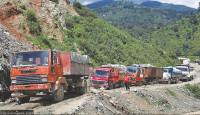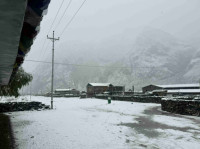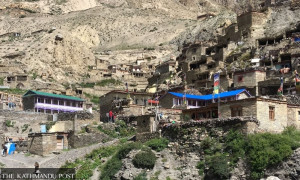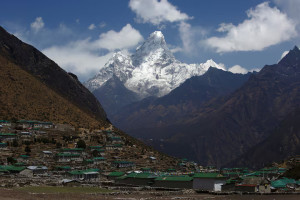National
BNP upbeat after fresh gharial breeding
A year after successful gharial (Gavialis gangeticus) breeding in the Bardiya National Park, the fish-eating crocodiles have bred 14 babies this year again.Last year, BNP gharials bred 24 babies.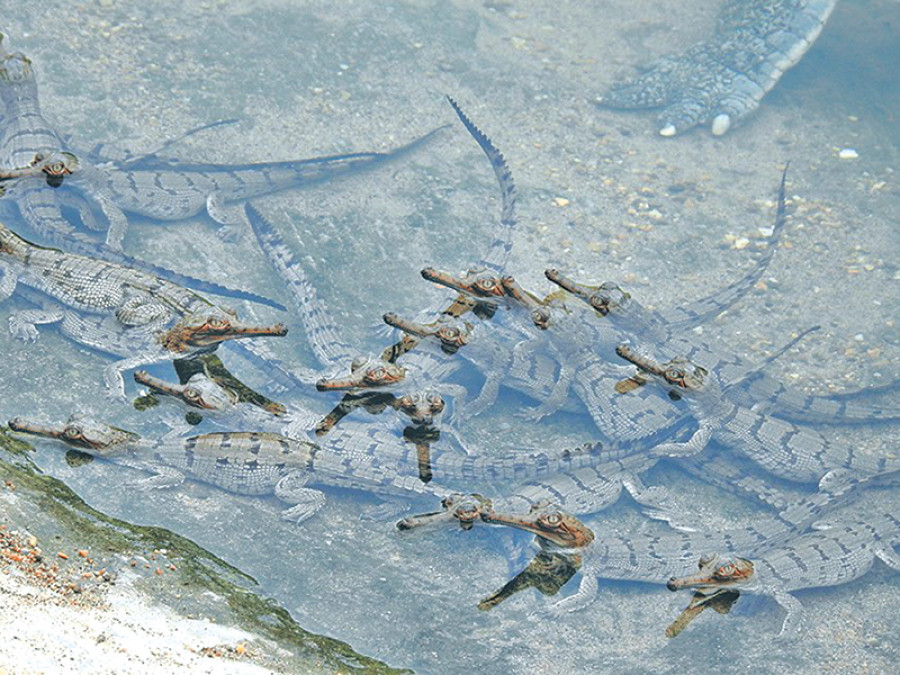
A year after successful gharial (Gavialis gangeticus) breeding in the Bardiya National Park, the fish-eating crocodiles have bred 14 babies this year again.
Last year, BNP gharials bred 24 babies.
The BNP now has 50 gharials and 34 babies, according to Chief Conservation Officer Ramesh Thapa.
Last year’s gharial breeding was first since 1982.
Currently, there are two gharial breeding centres—one in the Chitwan National Park and the second in the BNP.
Conservationists said successful gharial breeding two years in a row after a gap of three decades indeed is a positive step towards the conservation of the endangered species.
Various studies suggest that the survival rate of gharials in the wild is only one percent while it is 25-30 percent in captivity.
The 2011 census put the total number of gharials in the wild at 102, up from 81 in 2008.
Besides Bardiya, the Chitwan National Park (CNP) manages the country’s successful captive breeding centre for gharials, with their number totalling over 600. In 1978, the Gharial Conservation Programme was initiated in Chitwan to protect the wild population of gharials from extinction through ex-situ conservation.
Gharials in Nepal face threats from excessive and uncontrolled fishing, sand mining and gravelling along with various development activities such as construction of dams and embankments.
The gharial population was estimated between 5,000 and 10,000 worldwide during 1940s. But by 1976, the population declined by almost 96 percent to below 200.
This species—the only surviving member of the Gavialidae family—breeds only in the wild in Nepal and India and occupies only 2 percent (less than 200 mature breeding adults in number) of its historical range at present. The gharials are virtually extinct in Myanmar, Pakistan, Bhutan and Bangladesh.




 19.12°C Kathmandu
19.12°C Kathmandu